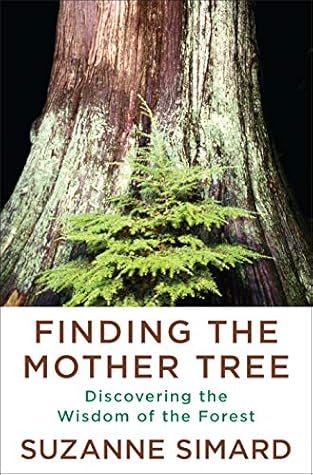More on this book
Community
Kindle Notes & Highlights
What the trees were conveying made sense. Over millions of years, they’d evolved for survival, built relationships with their mutualists and competitors, and they were integrated with their partners in one system. The firs had sent warning signals that the forest was in danger, and the pines had been poised, eavesdropping for clues, wired to receive the messages, ensuring the community remained whole, still a healthy place to rear their offspring.
Our modern societies have made the assumption that trees don’t have the same capacities as humans. They don’t have nurturing instincts. They don’t cure one another, don’t administer care. But now we know Mother Trees can truly nurture their offspring. Douglas firs, it turns out, recognize their kin and distinguish them from other families and different species. They communicate and send carbon, the building block of life, not just to the mycorrhizas of their kin but to other members of the community. To help keep it whole. They appear to relate to their offspring as do mothers passing their
...more
I don’t presume to grasp Aboriginal knowledge fully. It comes from a way of knowing the earth—an epistemology—different from that of my own culture. It speaks of being attuned to the blooming of the bitterroot, the running of the salmon, the cycles of the moon. Of knowing that we are tied to the land—the trees and animals and soil and water—and to one another, and that we have a responsibility to care for these connections and resources, ensuring the sustainability of these ecosystems for future generations and to honor those who came before. Of treading lightly, taking only what gifts we
...more
I believe this kind of transformative thinking is what will save us. It is a philosophy of treating the world’s creatures, its gifts, as of equal importance to us. This begins by recognizing that trees and plants have agency. They perceive, relate, and communicate; they exercise various behaviors. They cooperate, make decisions, learn, and remember—qualities we normally ascribe to sentience, wisdom, intelligence. By noting how trees, animals, and even fungi—any and all nonhuman species—have this agency, we can acknowledge that they deserve as much regard as we accord ourselves. We can continue
...more


